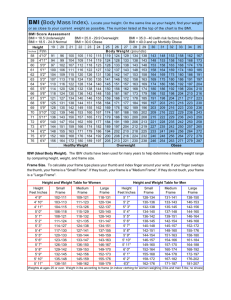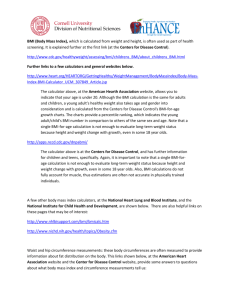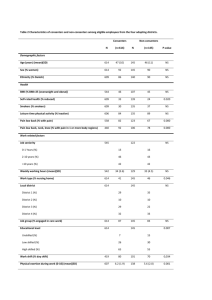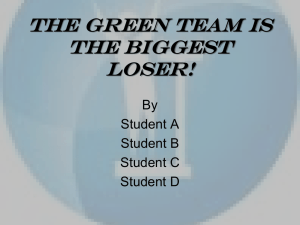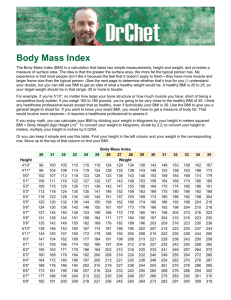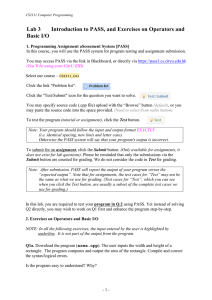Sample numeracy test
advertisement
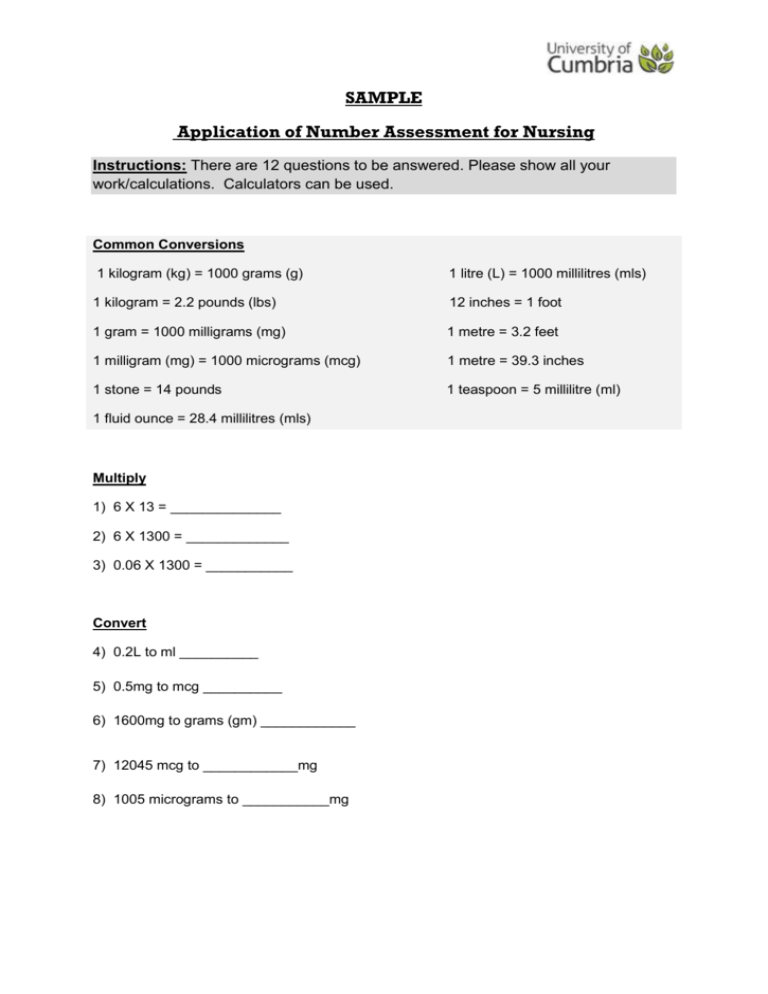
SAMPLE Application of Number Assessment for Nursing Instructions: There are 12 questions to be answered. Please show all your work/calculations. Calculators can be used. Common Conversions 1 kilogram (kg) = 1000 grams (g) 1 litre (L) = 1000 millilitres (mls) 1 kilogram = 2.2 pounds (lbs) 12 inches = 1 foot 1 gram = 1000 milligrams (mg) 1 metre = 3.2 feet 1 milligram (mg) = 1000 micrograms (mcg) 1 metre = 39.3 inches 1 stone = 14 pounds 1 teaspoon = 5 millilitre (ml) 1 fluid ounce = 28.4 millilitres (mls) Multiply 1) 6 X 13 = ______________ 2) 6 X 1300 = _____________ 3) 0.06 X 1300 = ___________ Convert 4) 0.2L to ml __________ 5) 0.5mg to mcg __________ 6) 1600mg to grams (gm) ____________ 7) 12045 mcg to ____________mg 8) 1005 micrograms to ___________mg Circle the correct answer for each of the following questions. 9) The patient needs 60 mg of a medication. You have a solution with a strength of 30mg in 2.5 mls. The correct amount to give is: a) 4mls b) 5mls c) 3mls d) 6mls 10) Calculate the client's total output: Urine output = 1375 ml; diarrhoea = 475 ml; vomit = 260 ml. a) 2100ml b) 2110ml c) 2120ml d) 2210ml One way of telling if someone is a healthy body weight is to use the body mass index (BMI). If the BMI is less than 20 this shows that the person is underweight. A BMI between 20 and 24.9 is desirable, 25-29.9 is overweight, and over 30 is obese. Body Mass Index = Case Study 1 Tom, aged 47 comes to your well man clinic with the following measurements: Weight - 225 pounds. Height - 6 feet 4 inches. 11) What is his BMI? _______________________________ 12) What does his BMI tell you about Tom? _____________________________

